-
Posts
4,112 -
Joined
-
Last visited
Content Type
Profiles
Forums
Gallery
Events
Posts posted by Baker
-
-

Greetings,
Patrick
- mtaylor and Keith Black
-
 2
2
-
Great work with the painting
And everything else also of course 👍👍- mtaylor, EJ_L, Louie da fly and 2 others
-
 5
5
-
5 hours ago, cog said:
I just wonder, if it wouldn't be more logical to start from the centre line and work outwards?
I now have 5 planks on each side of the mast.
And there comes central 1 in the middle, this plank will then be slightly wider than the other planks.My knowledge of the English language is not that good (Never learned it at school).
So, Mr. Google says
chart = grafiek =
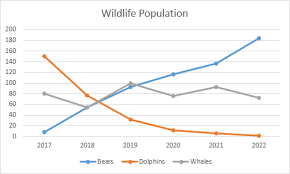

Since I am active on this forum my English knowledge has improved. But it looks if there are different ways to speak and write English.
English english
American English
Australian EnglishIs this correct ?
- EricWilliamMarshall, mtaylor and cog
-
 3
3
-
- GrandpaPhil, G.L., marktiedens and 13 others
-
 16
16
-
- popeye the sailor, lmagna, hexnut and 6 others
-
 9
9
-
-
On 11/2/2019 at 11:17 AM, G.L. said:
When I remove the tape the edges are not as clear-cut as I hoped.
There are different types of masking tape.
For every surface there is a tape with a different adhesive strength. The blue tape of the 3M company (my employer) gave me the best results for this purpose.
With only some small errors here and there that needs to be repainted afterwards (Scraping off with a knife and thereafter repainting)And, great work GL.
- mtaylor, Mirabell61, GrandpaPhil and 3 others
-
 6
6
-
-
-
-
20 hours ago, SigEp Ziggy said:
Once again, you're doing a great service to an older kit. Great upgrades and fantastic photos, we can all learn from your example. I have to ask, in one of the photos in post #13 there is a ship in the background, what ship is that?
My version of the Golden Hind.
- J11, SigEp Ziggy, lmagna and 1 other
-
 4
4
-
Thanks,
I'm doing my best to give this old model a "upgrade".
- popeye the sailor, CDW and lmagna
-
 3
3
-
-
-
-
-
- hexnut, ScottRC, GrandpaPhil and 11 others
-
 14
14
-
-
-
-
A month later. A small update,
Further accessories are installed in the captain's cabin.
Crates and small barrels (probably with the personal wine and beer supply of the captain )
)
A wall rack for nautical charts etc , a mattress, pillows and bags are in progress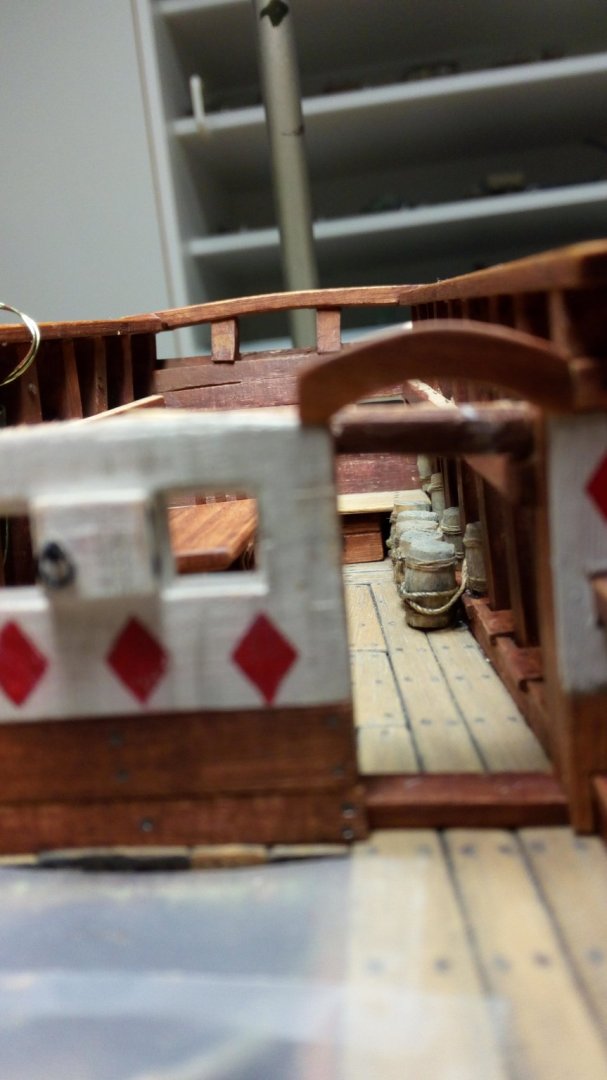
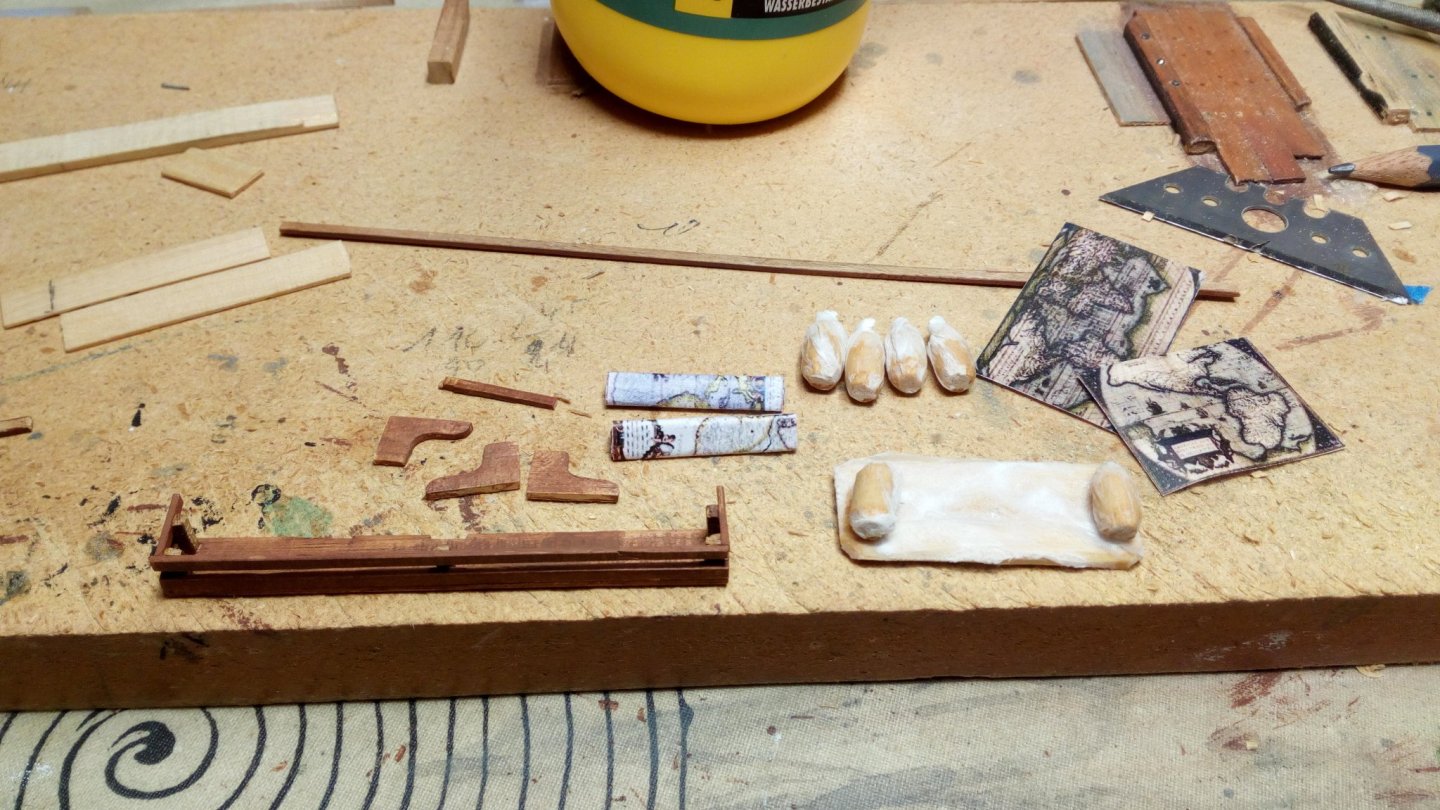
I also tried to build 16th century buckets.
My biggest problem was the thickness of the side from the bucket.
A bucket from Mary Rose served as an example
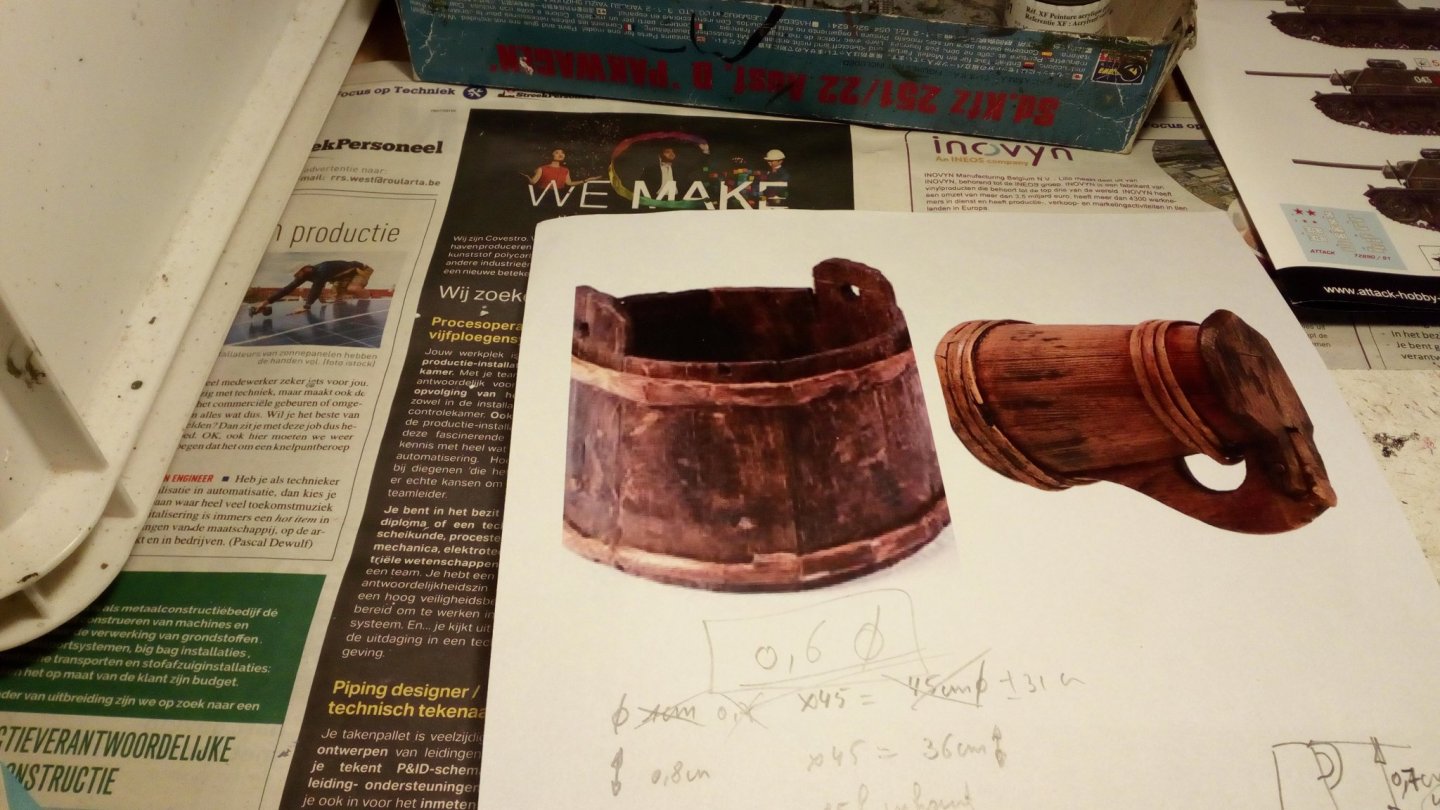
After several failed attempts, I made something that comes close to the original
The start was an empty .22 LR casing (of course legally obtained according to Belgian law)
These are too long, so first i saw tmem to size.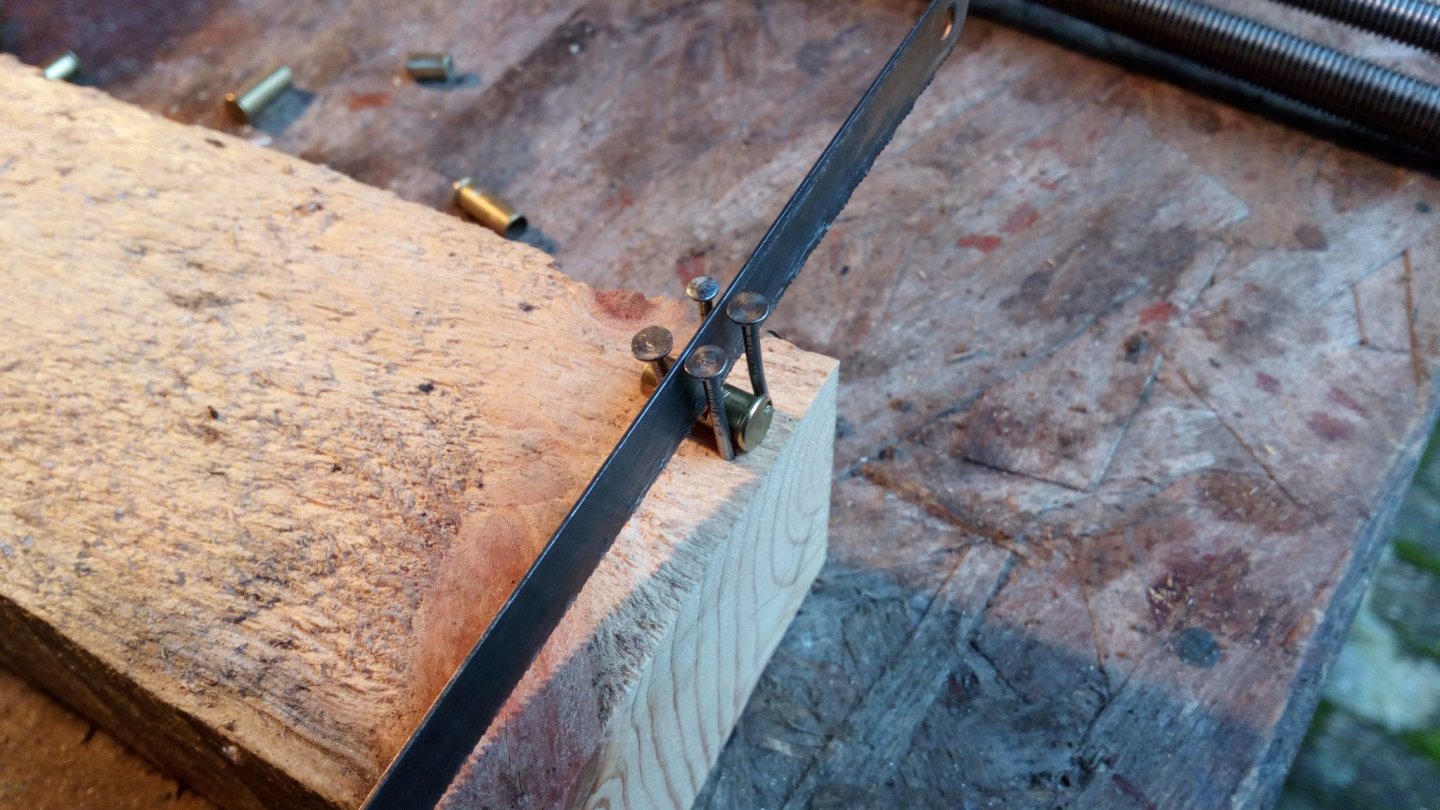
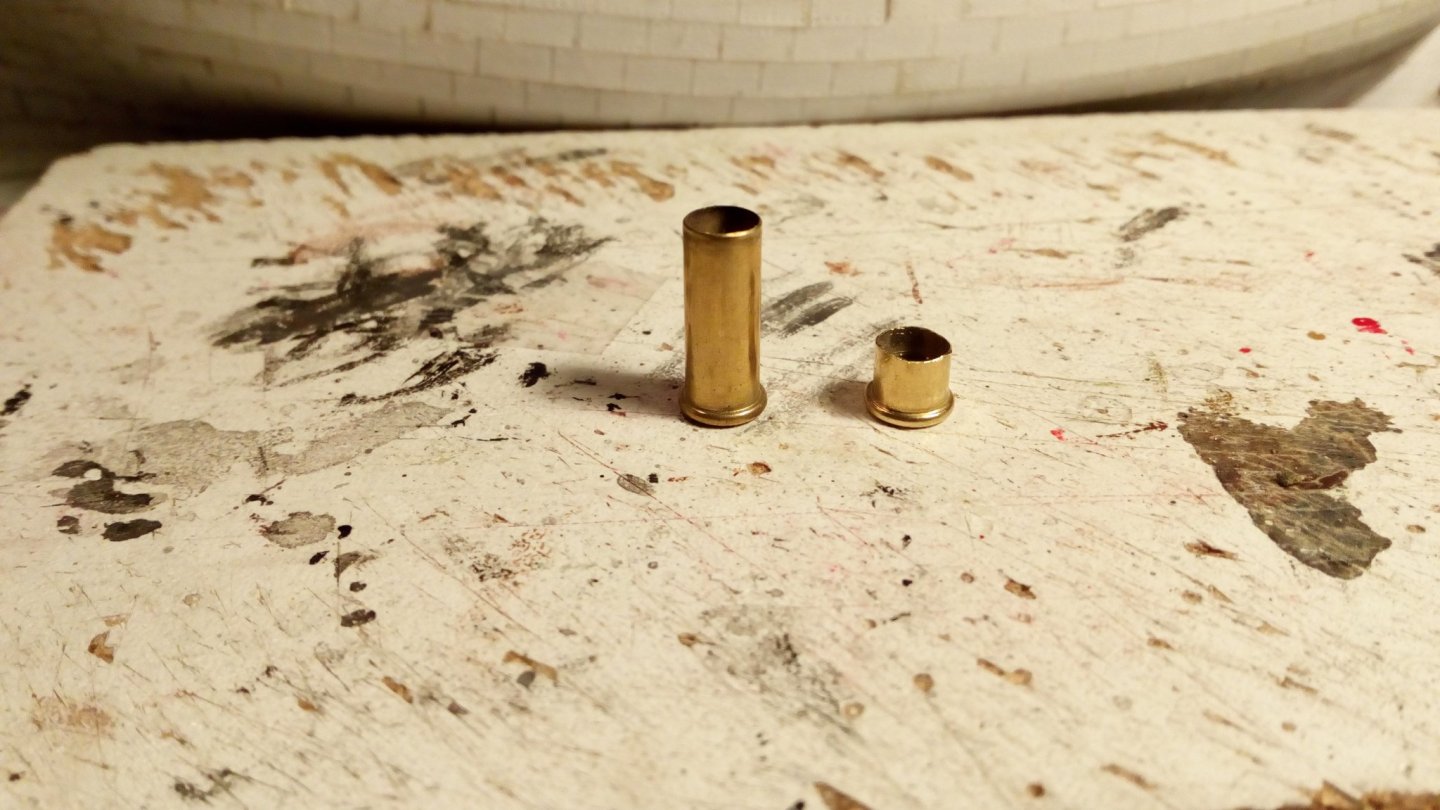 A .22 short was better, but I don't have a license for that type of ammunition.
A .22 short was better, but I don't have a license for that type of ammunition.
The side of the bucket is made of plastic sheet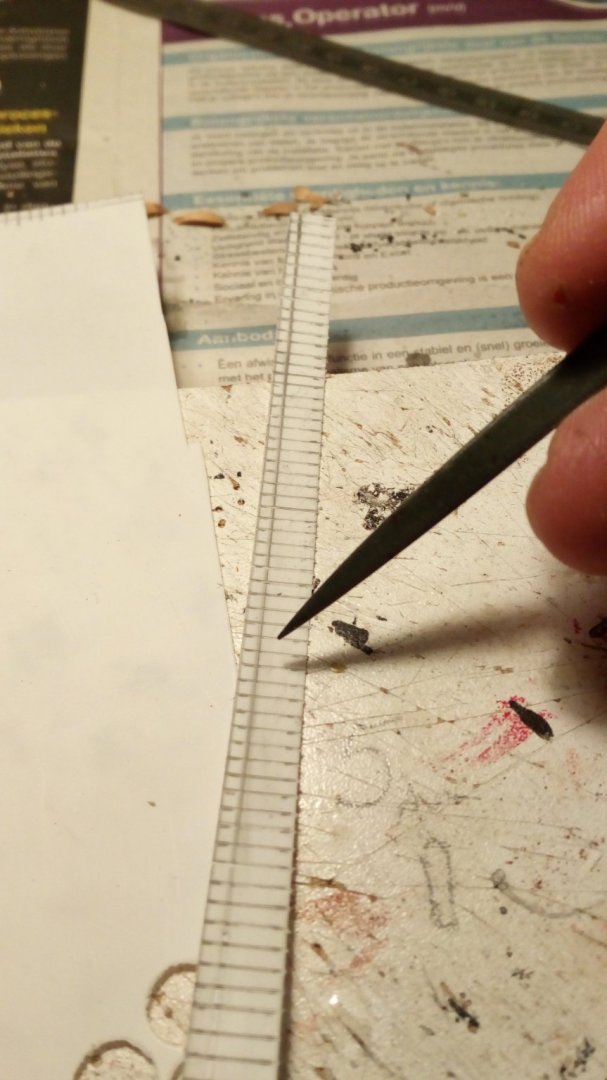
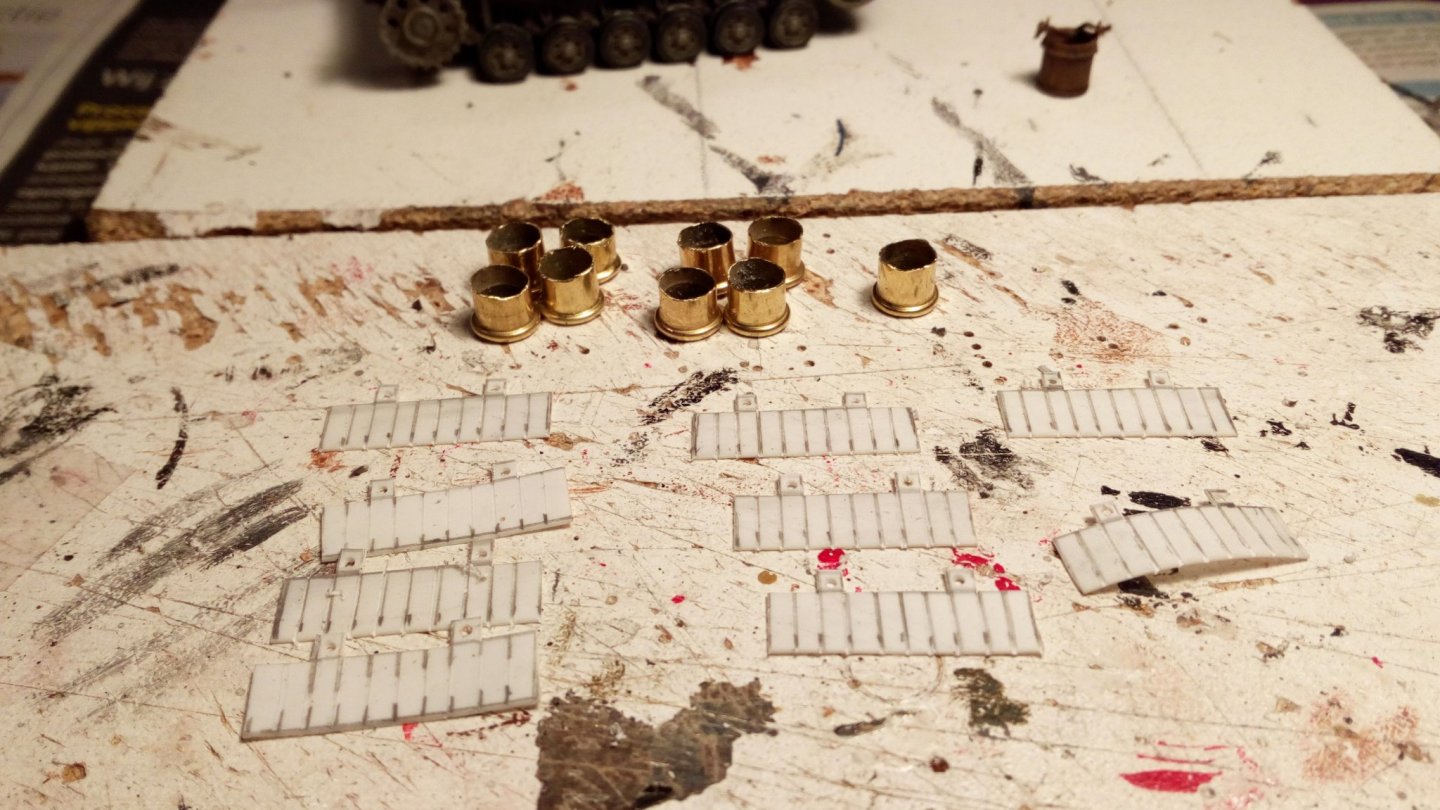
This is glued around the casing with CA glue and a strap of plastic sprue is glued around the bucket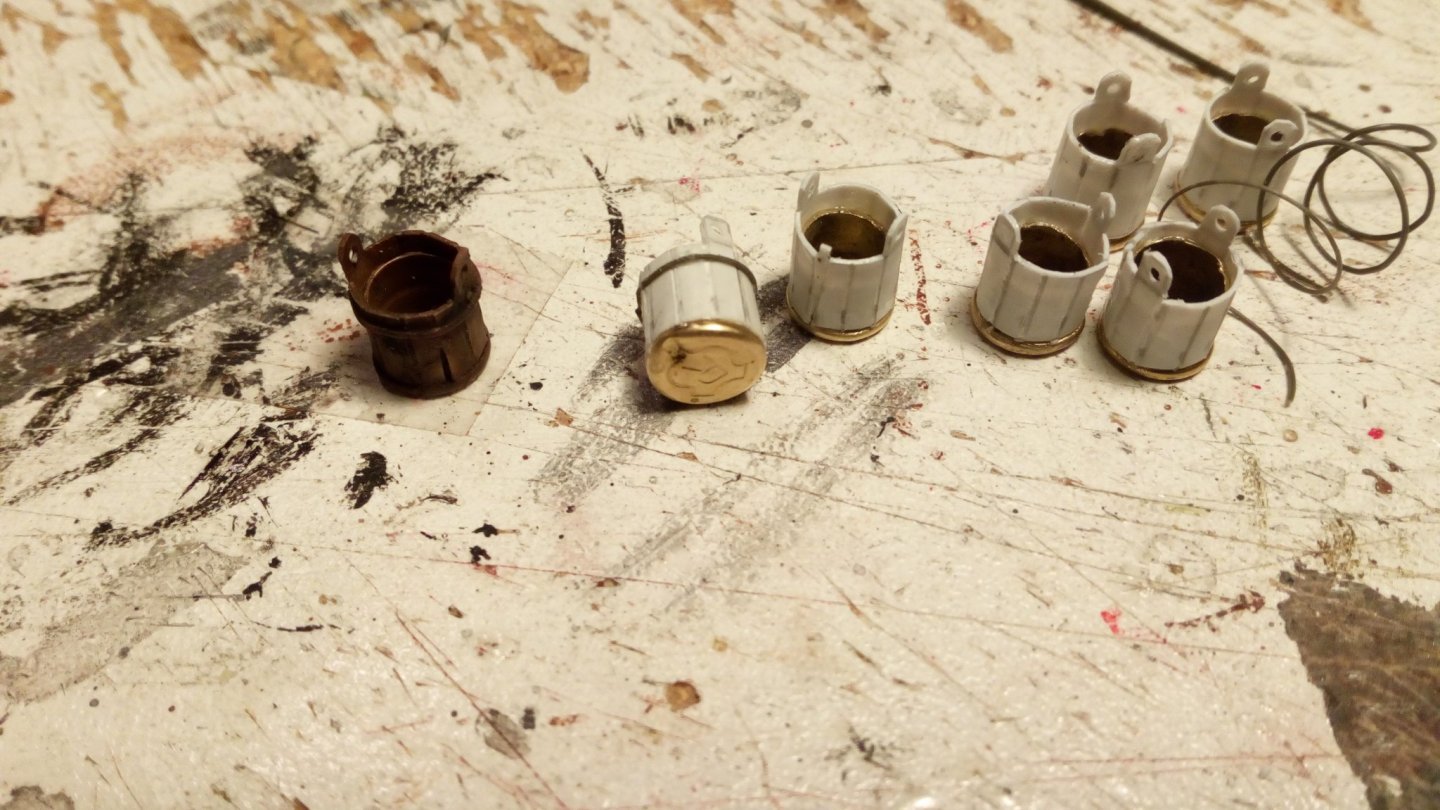
Painting and weathering (and a SU76i that is almost finished)
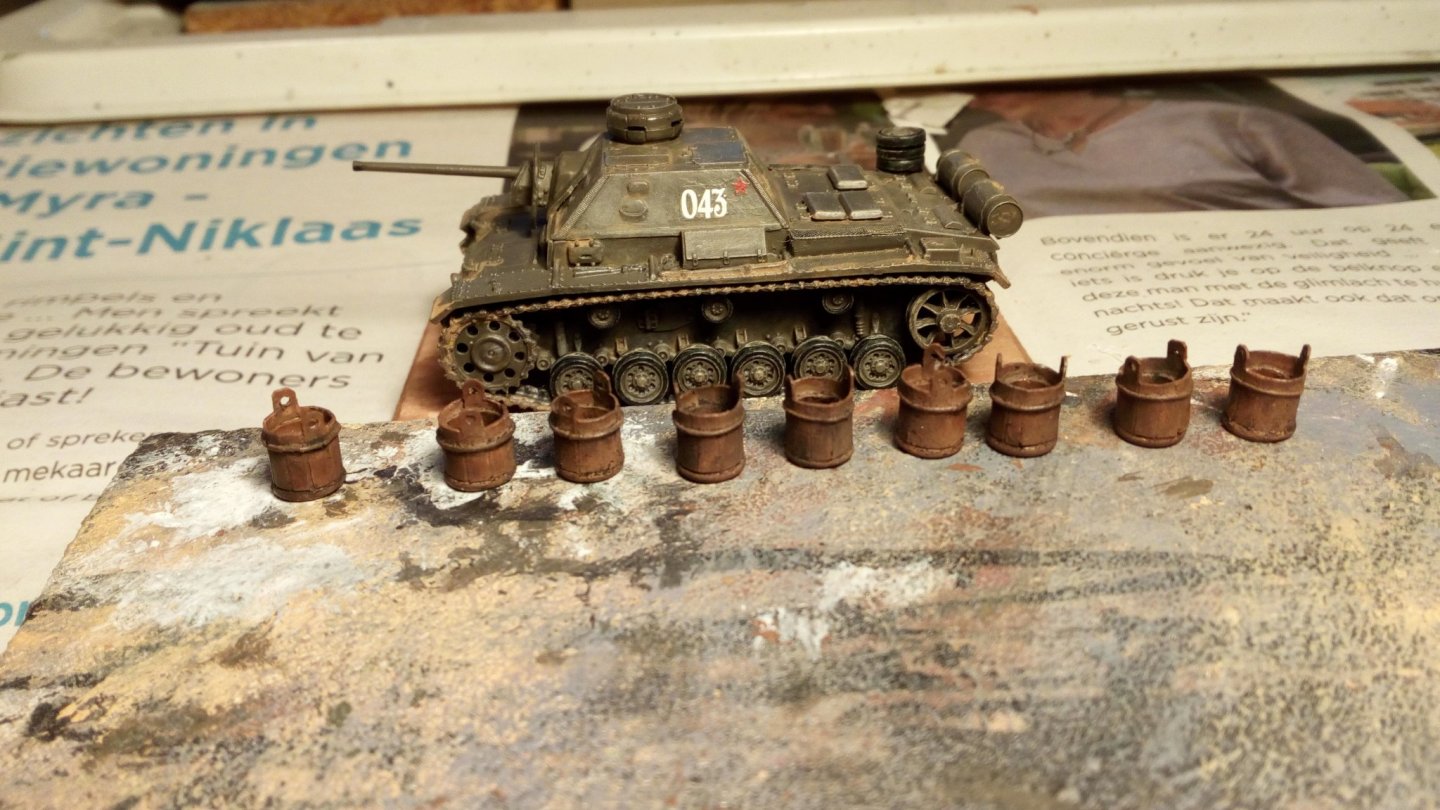
Apply a rope, and a batch of 9 is ready. Bucket N° 10 ended up as a scrap (The rope appears thicker on the photo than in reality)
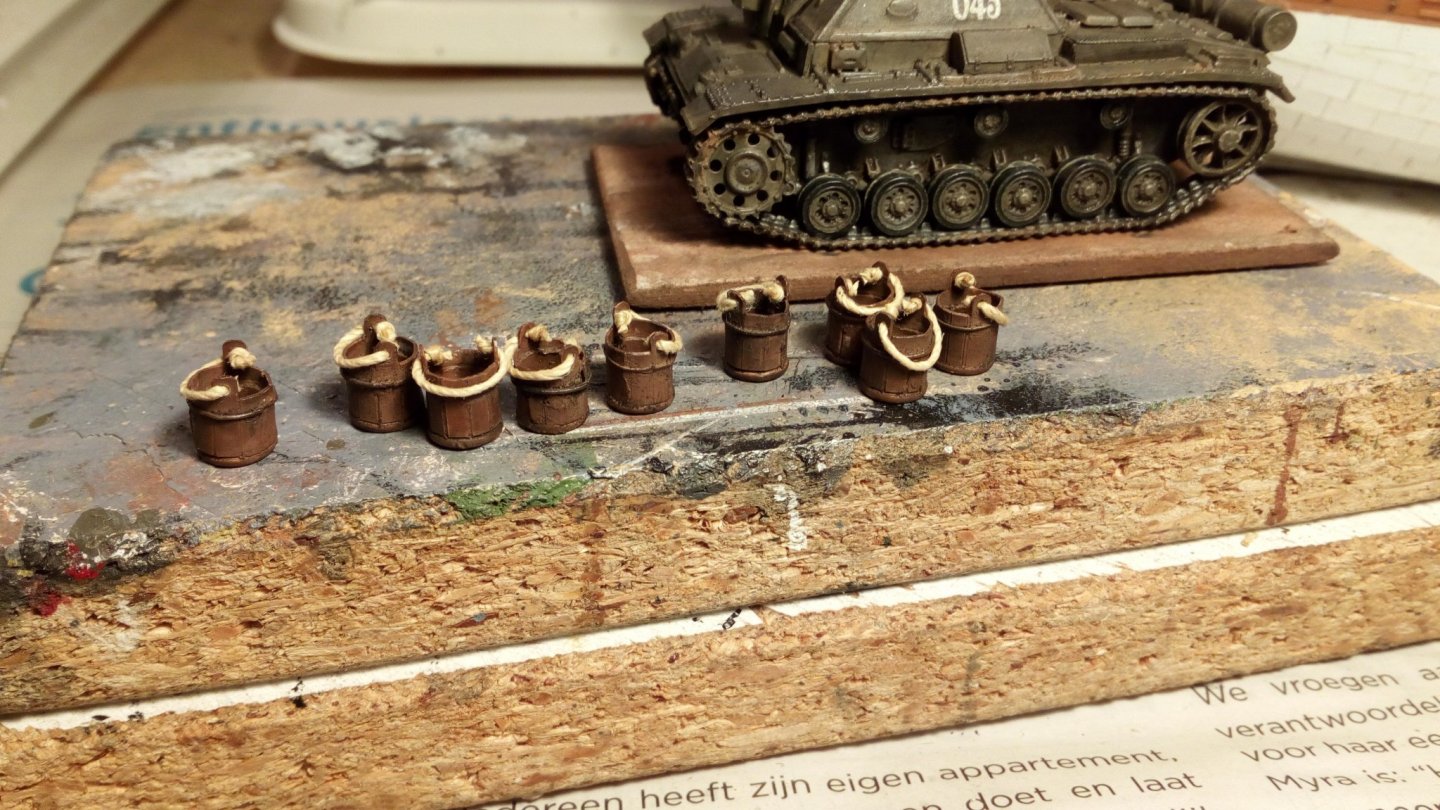
Thanks for following
- Kenneth Powell, Ondras71, davyboy and 12 others
-
 15
15
-
-
This builder is very talented in soldering and working with copper.
You may find answers in his logs.
BTW
as always, nice work Michael -
Very beautifuly done.
To be proud of

- EJ_L and BLACK VIKING
-
 2
2

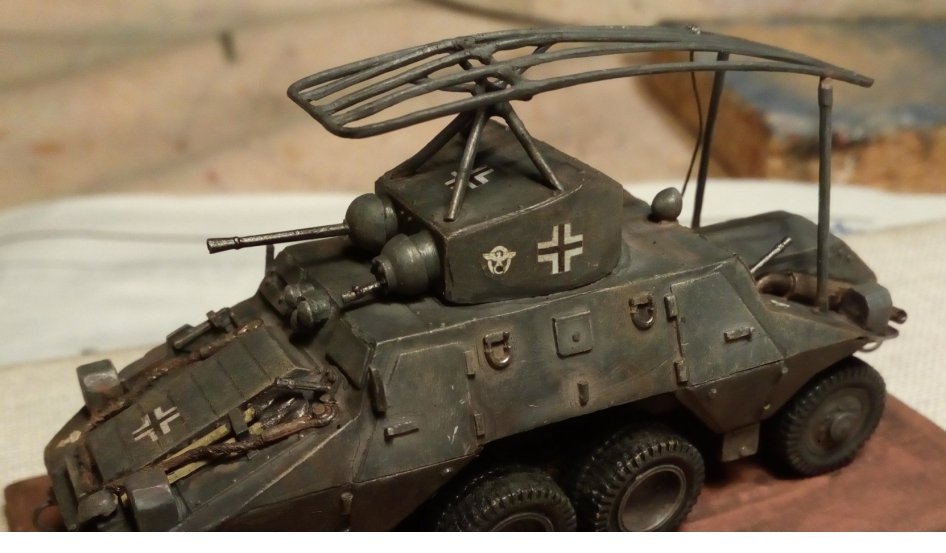

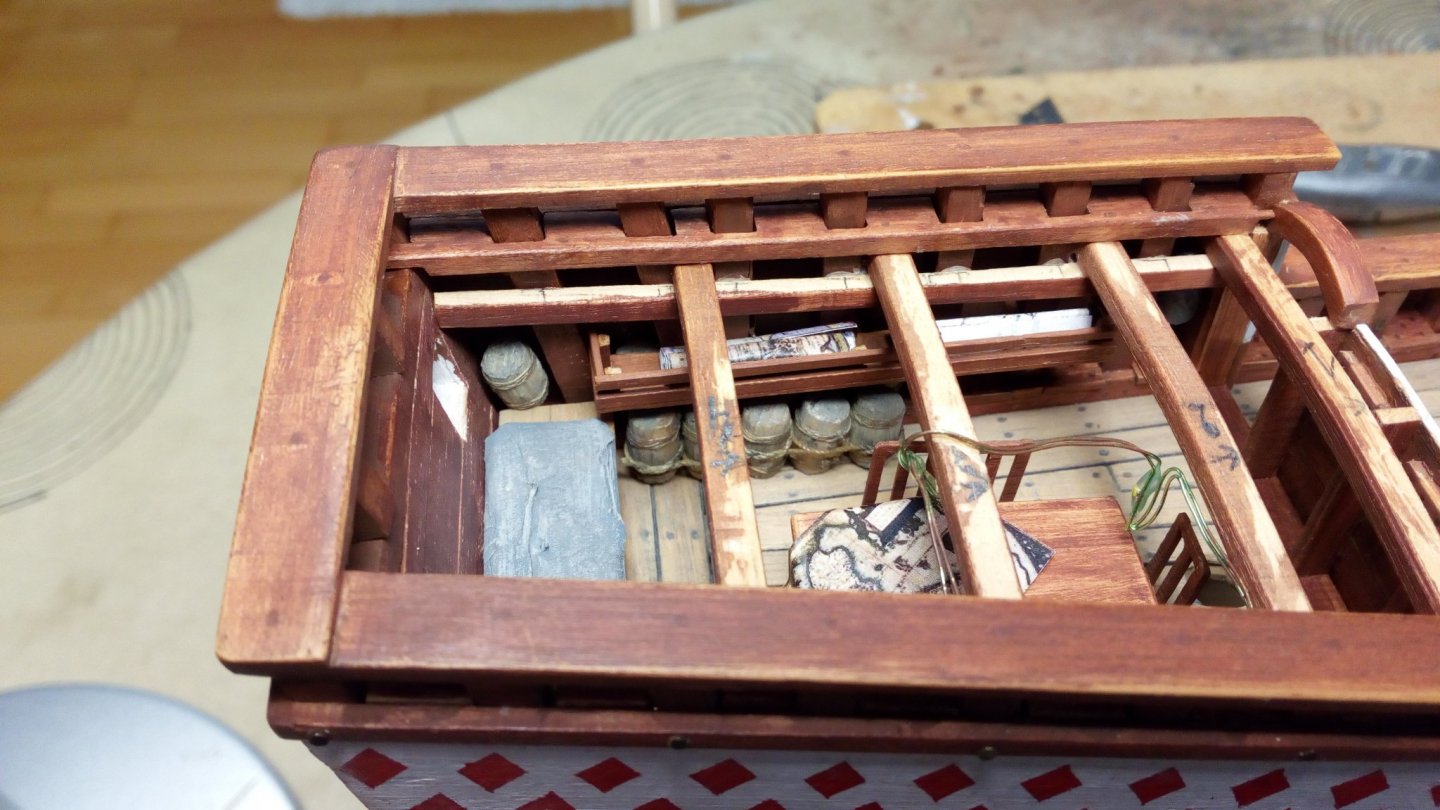
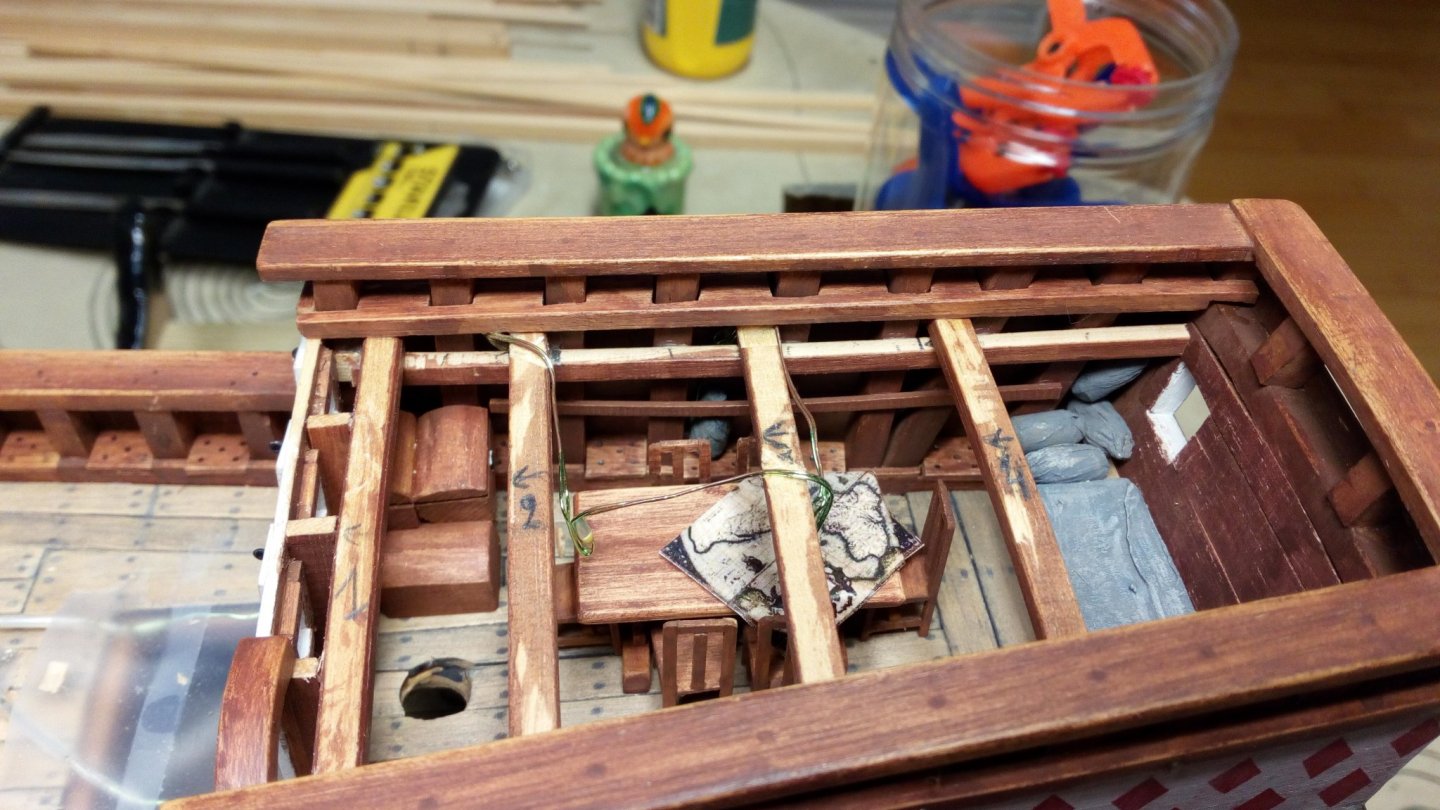
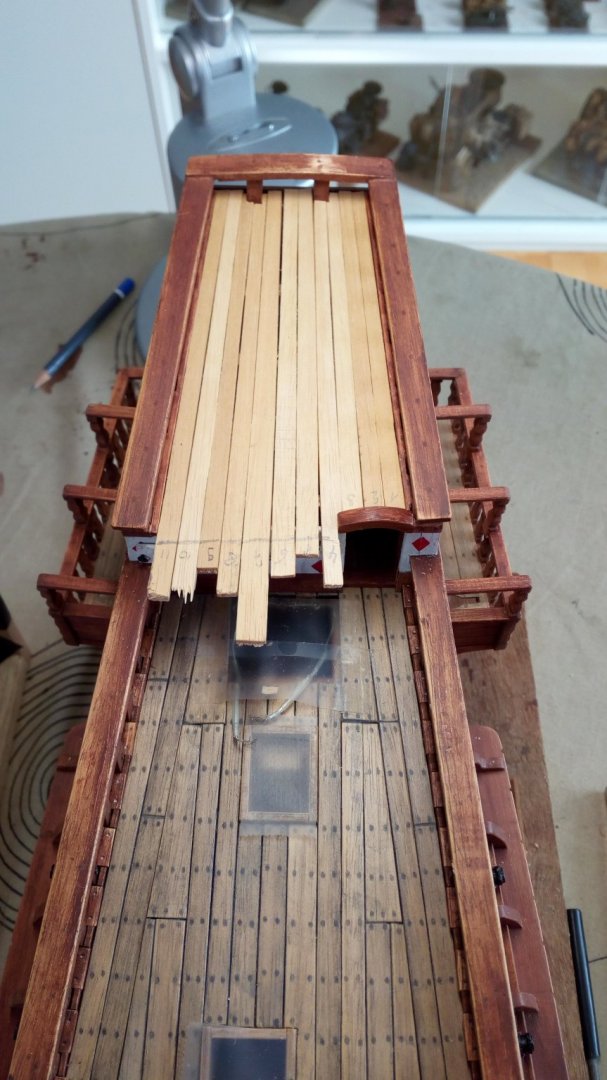
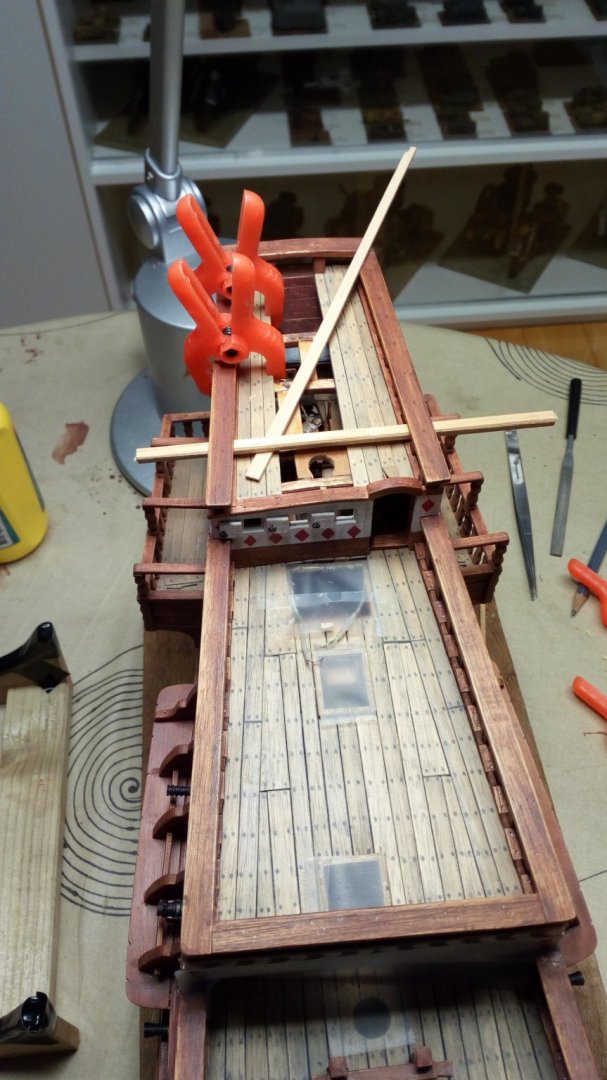
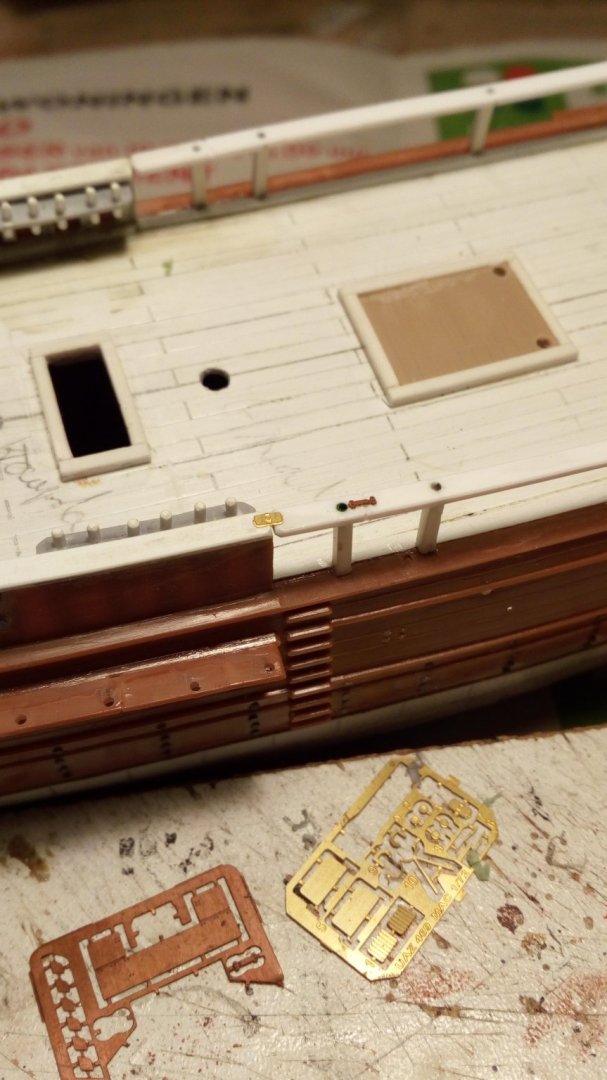
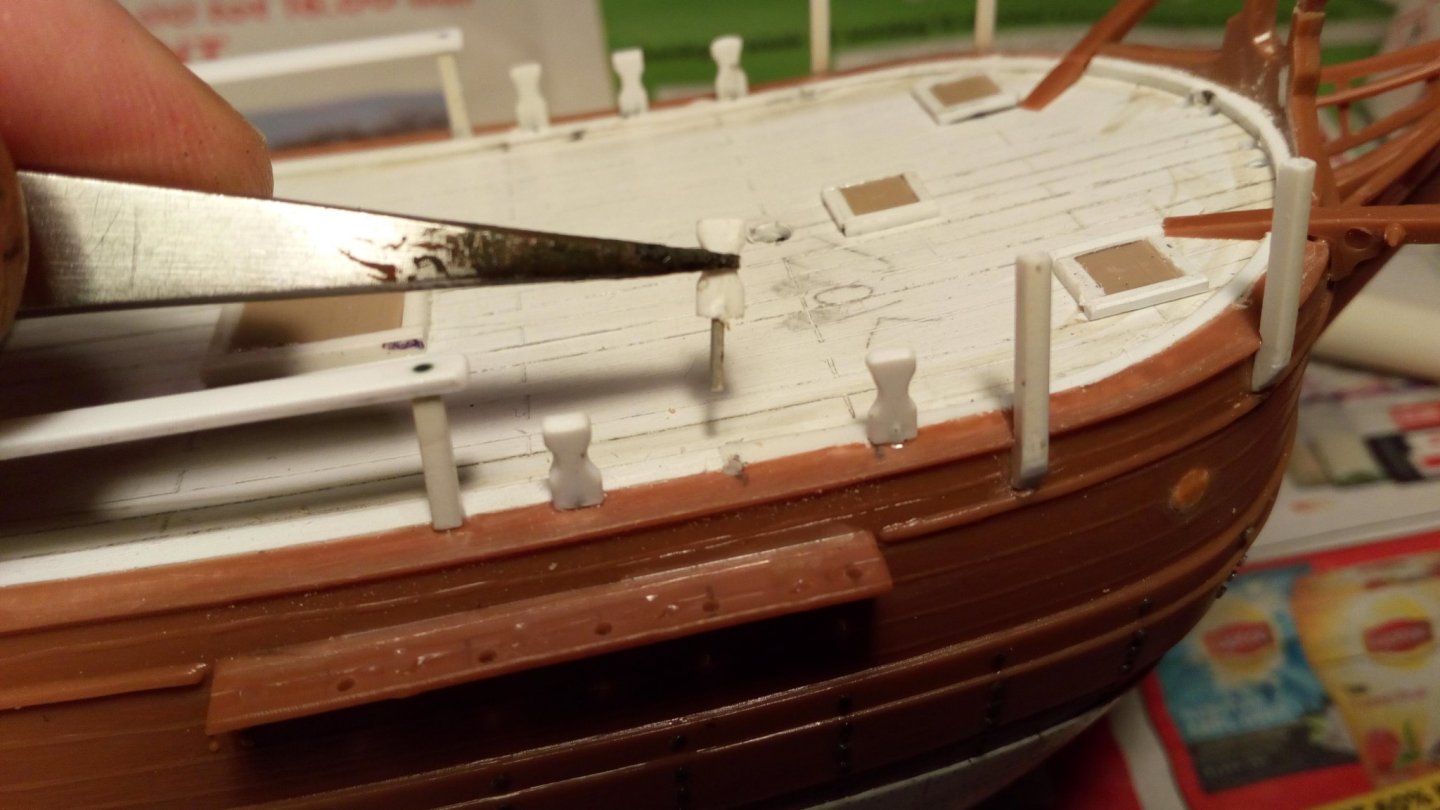

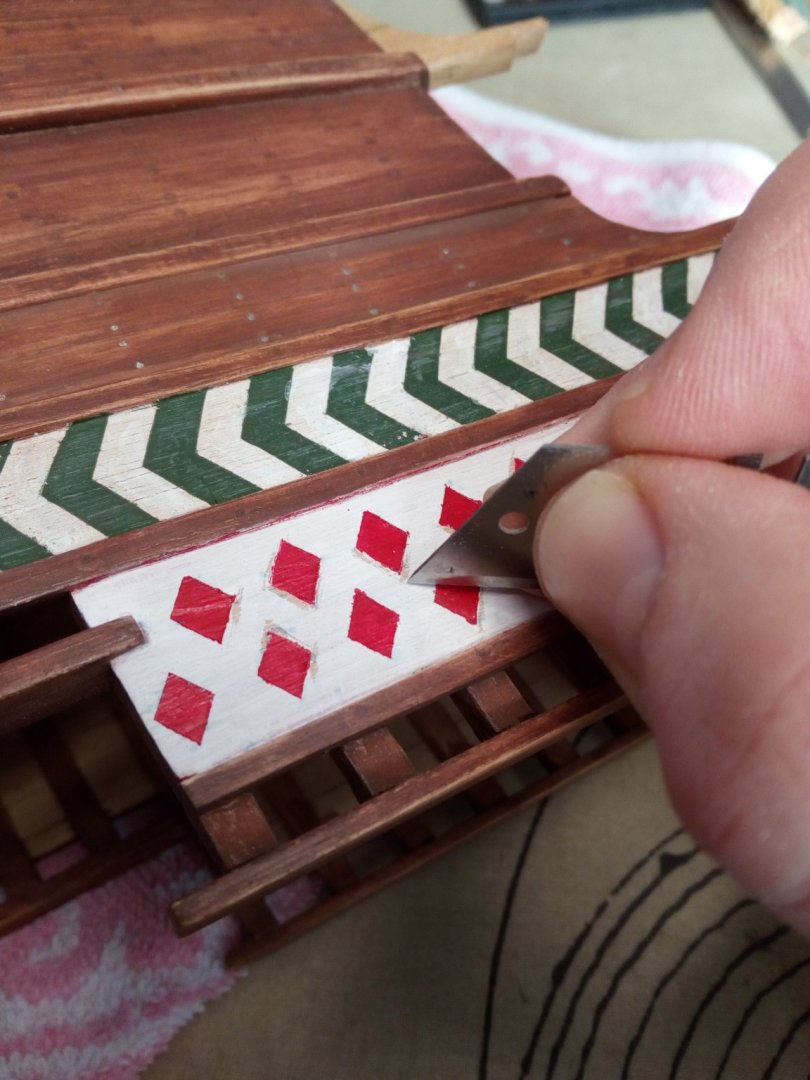
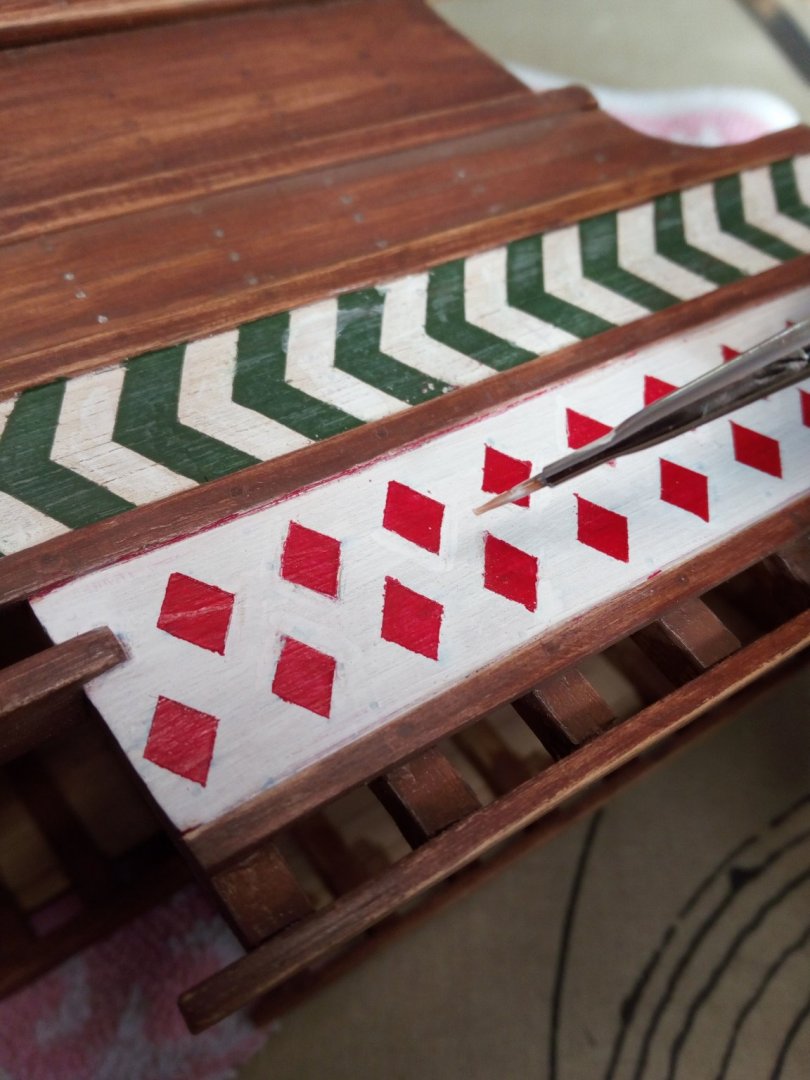
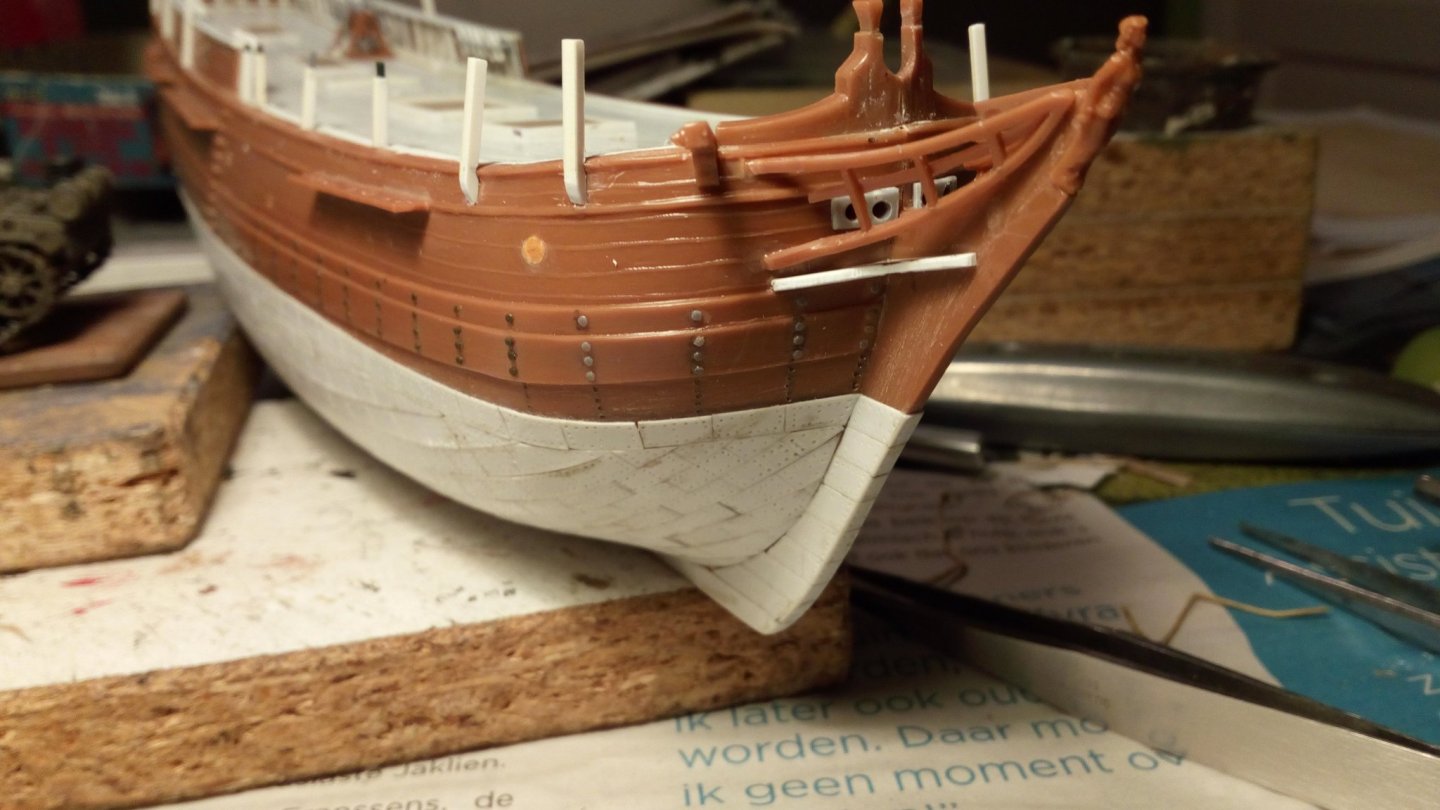
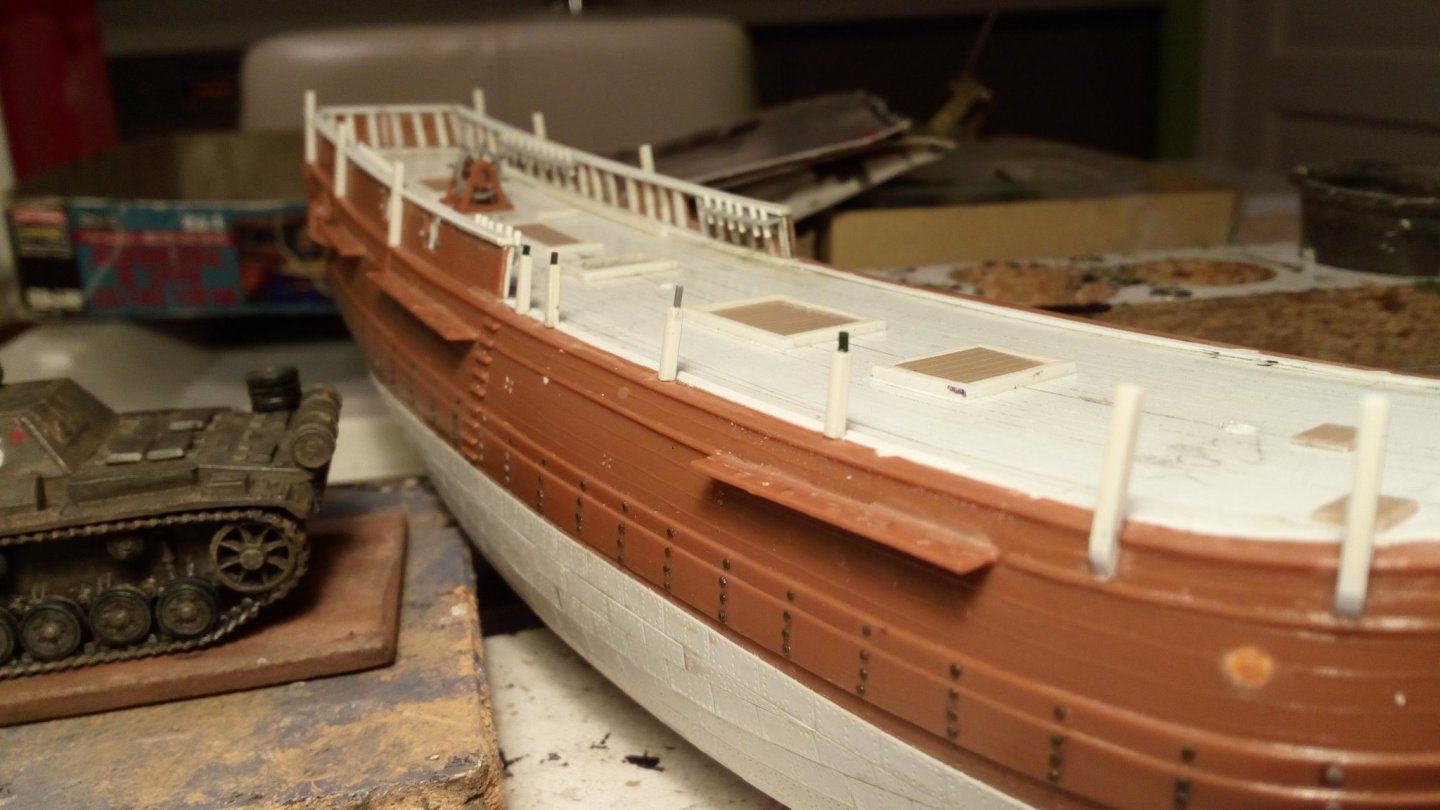
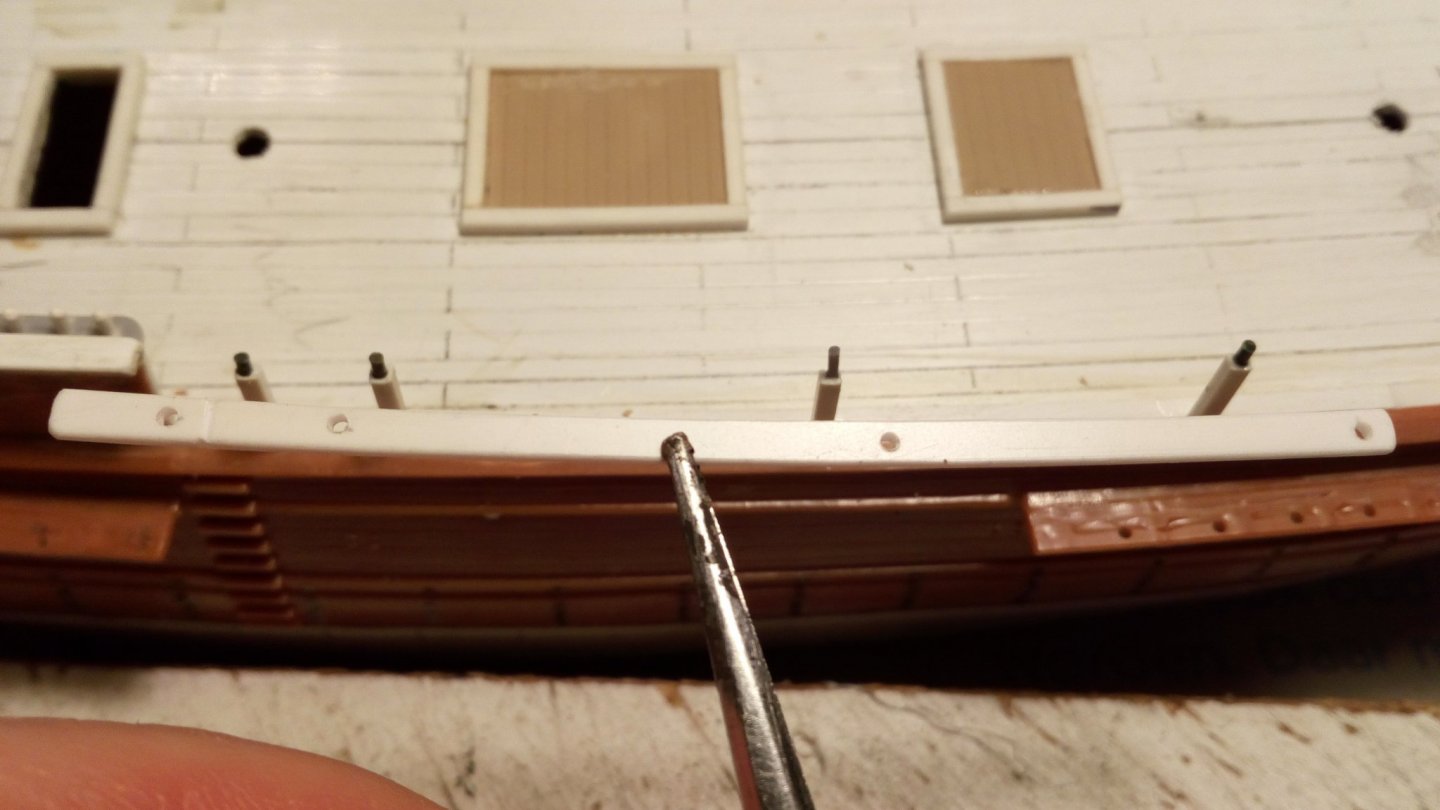
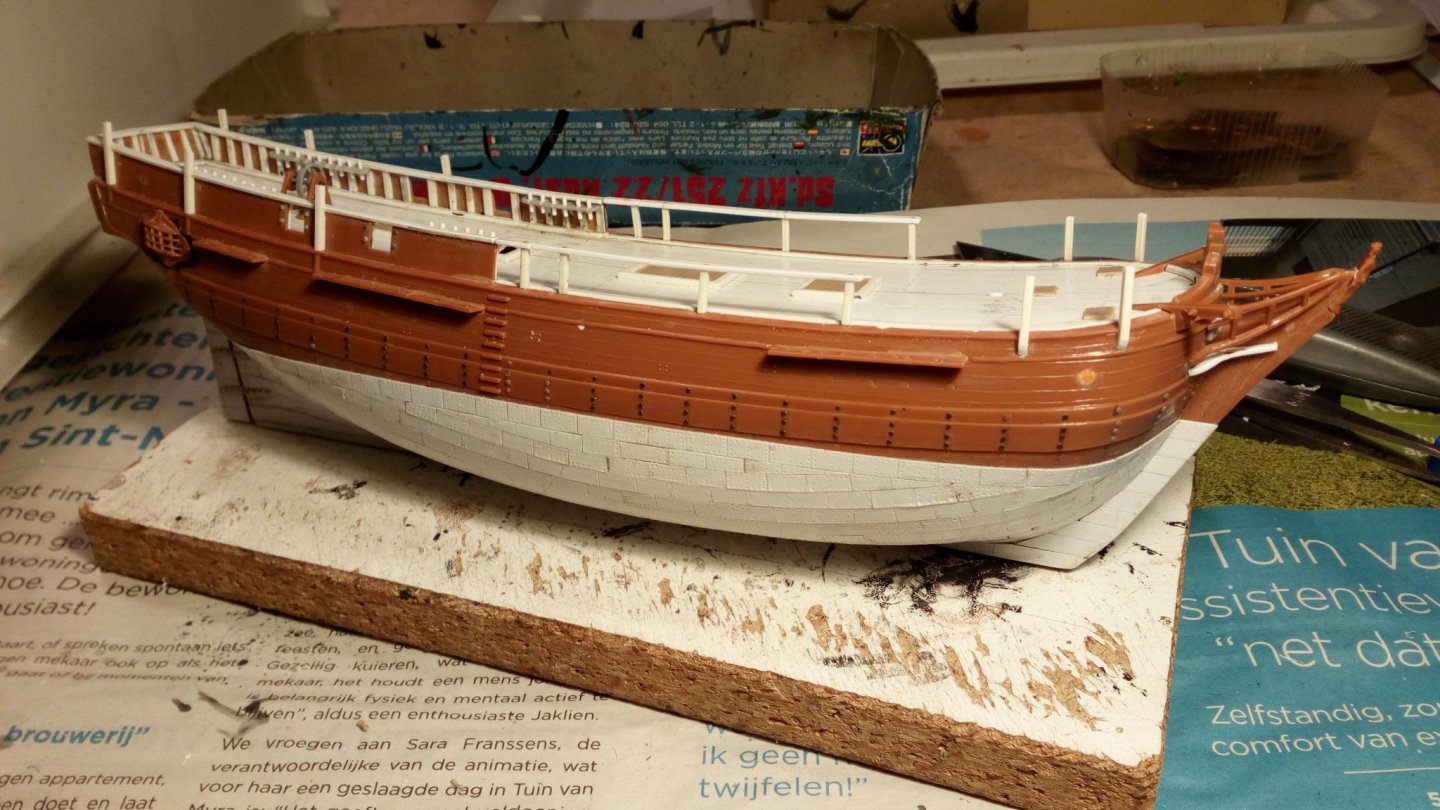
Hello from Greece
in New member Introductions
Posted
Greetings
And